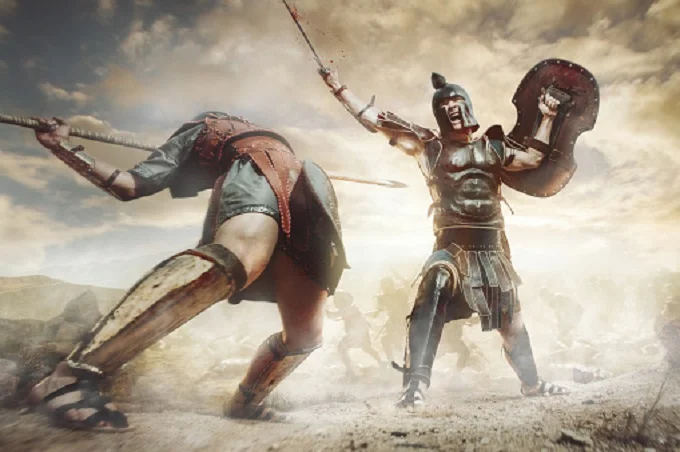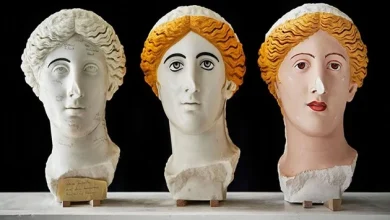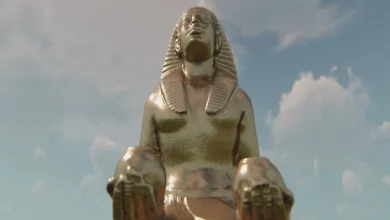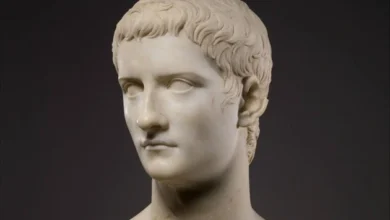Interesting facts about Ancient Sparta

Ancient Sparta became famous all over the world thanks to the courage of its inhabitants. For centuries this city was the focus of the military power of Ancient Greece, and the feat of three hundred Spartans became legendary. But this legend has historical evidence unearthed by archaeologists.
Sparta facts

- According to history, the founder of this city-state was Lacedaemon, the son of the god Zeus and the constellation Taygeta. He was married to a woman named Sparta, after whom he named the city he built.
- In Ancient Greece, a monetary unit called obol was also a measure of weight equal to about 0.7 grams. In Athens and other policies, obols were silver coins, but in Sparta, obols were used in bulky and impractical iron rods. They were as much heavier than coins as iron was cheaper than silver. This was done so that the Spartans were less eager for wealth and less stealing and giving bribes.
- Spartan men preferred to wear long hair, as they believed it gave them a more masculine look.
- Contrary to popular myth, the warriors of Sparta did not fight with a naked torso. They always wore armor.
- The Spartans did not do any household work. The farm was run by helots – people with the social status of serfs. Helots were the same Greeks, but they occupied the lowest social position in the society of ancient Sparta.
- The National Assembly of Sparta consisted of citizens over 30 years of age. According to the principle, they voted with shouts of approval or disapproval, without counting votes, “who shouts louder is right.”
- Children in Sparta were the undivided property of the state. Immediately after birth, they were subjected to a thorough search, and the weak and crippled were left in the forest. Healthy children were returned to their parents, who raised them until the age of 6. After six years, the children were taken away from their parents in favor of the state, and their education began.
- There were always two rulers in Ancient Sparta. While one of the kings was at war, the second was looking after the city at that moment.
- Contrary to popular belief, the Spartans did not know the art of war; for example, they did not know how to besiege fortified cities and fight at sea. All they were taught was to fight on foot, one-on-one, and in the phalanx.
- Not a single Spartan had the right to eat at home. Everyone, not excluding the kings, ate in state canteens.
- In ancient Sparta, the coward was stigmatized, and his children were forbidden to marry and have children. It was almost impossible to wash off the shame.
- Far from 300 Spartans took part in the famous Battle of Thermopylae on the side of the Greeks. The total number of the Greek army numbered about 6 thousand people, and for two days, they held back the army of the Persians, which consisted of 200 thousand soldiers.
- Mental pursuits were discouraged in Sparta. People who tried to do them were declared cowards and expelled. Over the centuries of its existence, Sparta did not give Hellas a single philosopher, orator, historian, or poet.
- No Spartan himself could own slaves. All helots were the property of the state, and it already handed over the slaves to individuals “for use.”
- Young warriors of Sparta under 12 years old were forbidden to wear clothes not to get used to comfort.
- At about 30 years old, the Spartan warrior went through the last stage of formation, thanks to which he could get the right to leave the barracks and lead a private life. He served the state and the war from that moment on, could not trade or engage in agriculture. He was also expected to marry and have children.
- Ancient Sparta encouraged its citizens to spy on slaves. Young Spartans were specially sent to eavesdrop on the helots’ speeches and kill anyone who seemed suspicious. The strongest and bravest slaves, capable of protest, were killed in secret.




